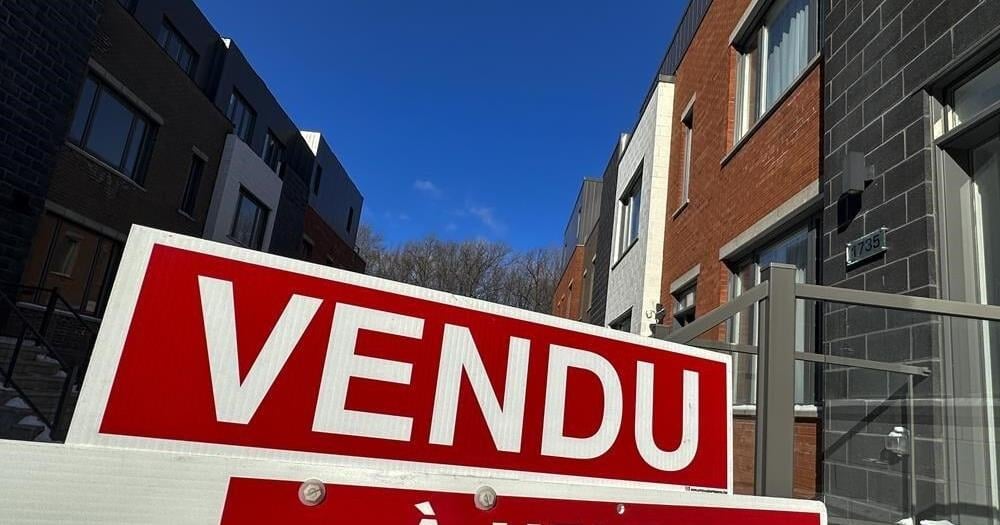When the pandemic started and office occupancy plummeted, many outside of the commercial real estate industry suggested that office space in major cities could–and would be likely–converted to residential-use space.
When the lockdowns first began in March 2020, that probably seemed like a reasonable prediction. At the time, offices were empty, tenants were defaulting on rents, leasing was at a standstill, employees were comfortably working from home, and no one knew how long it would be until the world was back to normal, or what the future of the workplace would be.
With few really understanding what is needed to convert office space into usable and attractive residential space, it’s no surprise that office conversions seemed like a possible solution and a plausible path forward for commercial real estate.
Office buildings weren’t built to live in
Today, nearly four years on from the start of the pandemic, the idea of residential conversions has yet to materialize due to fundamental issues with this type of conversion that would make it deeply impractical and expensive to implement at scale.
Two of the biggest hurdles are plumbing and HVAC. At most, typical office buildings have only a handful of bathrooms and maybe one kitchen on each floor. However, all residential units need both. This type of redesign and installation would be extremely cumbersome and costly, not to mention many commercial buildings don’t have floor plates that would even allow for this renovation.
Additionally, several areas within office buildings tend to be windowless. Because corporate real estate properties tend to be very wide, often they physically cannot be redesigned to accommodate the windows needed for a residential building. However, most renters and buyers expect windows in their apartment units–and most jurisdictions actually require that all apartments have them. While some properties can be reworked to achieve this, it comes with a hefty price tag.
Offices are filling up
There has been a growing uptick in the number of employees returning to the office. In fact, it was recently reported by WFHResearch that only 12.7% of full-time employees work from home full time, and according to Owl Labs, only 16% of companies across the globe are fully remote.
Further underscoring the RTO trend is data from a ResumeBuilder.com study. It found that 90% of companies plan to implement return-to-office policies by the end of 2024 and 28% of companies will threaten to fire employees who don’t comply with their new mandates. Though most organizations agree that the five-day office week is dead, even Zoom has asked employees to work in person a few days a week.
And it’s not just employers who want to see their people back together in physical spaces, employees also see the value in face-to-face interactions. According to a recent Bankrate survey,68% of full-time workers support a hybrid schedule. Furthermore, HR Review collected data showing that hybrid workers are the most satisfied working group with a happiness score of 73%. Insights and trends like these show that while hybrid work is clearly on the rise, the need for traditional, in-office collaboration remains.
The future of commercial real estate
While the pandemic may be over, its effects on corporate real estate are long-lasting. Commercial real estate has been turned upside down and it is far from recovered. Just last month, the National Association of Realtors reported a high vacancy rate of 13.3%.
Considering the fundamental challenges of office conversions, paired with the ongoing increase of employees returning to the office, it’s safe to say that office-to-residential conversions are not the silver bullet to save the sector.
There is a long future ahead for corporate real estate. To continue to be successful, owners and operators need to better understand employee data and listen to tenant insights because the real crux of the problem is clear: For employees, the commute needs to be worthwhile.
Chase Garbarino is the co-founder and CEO of HqO.


























